Spotlight on DJ Struntz
Aug 11, 2013
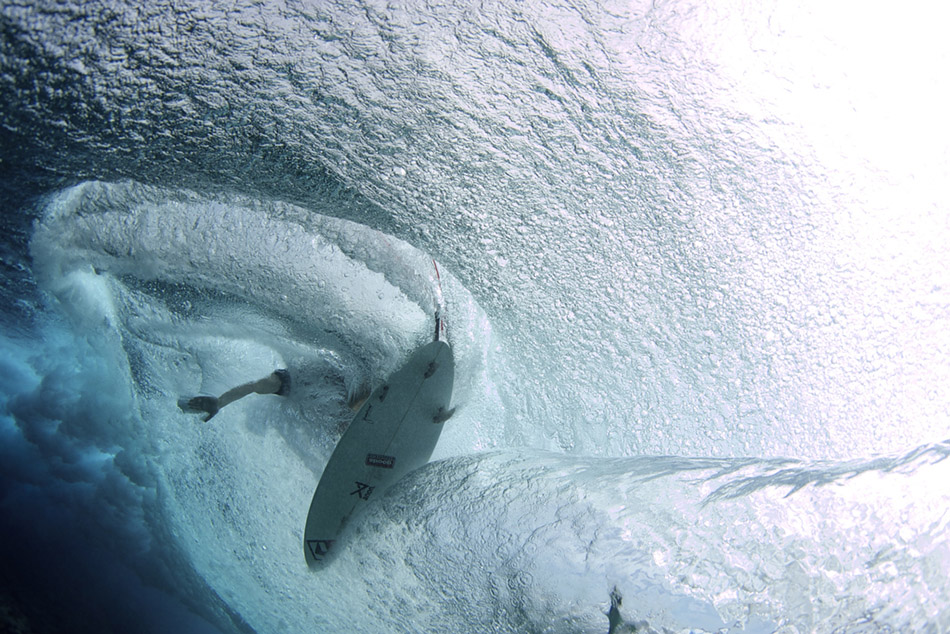
TID: As a surfer, I love this image’s unique combination of view and timing - please tell us how it came together.
DJ: The featured image of Damien Hobgood turning on a wave was shot underwater while on assignment for Surfing Magazine in Pohnpei, Microneisa. The story was on Camp Hobgood, a weeklong camp that World Championship Tour veterans C.J. and Damien Hobgood sponsored to groom elite young surfers for competitive success.
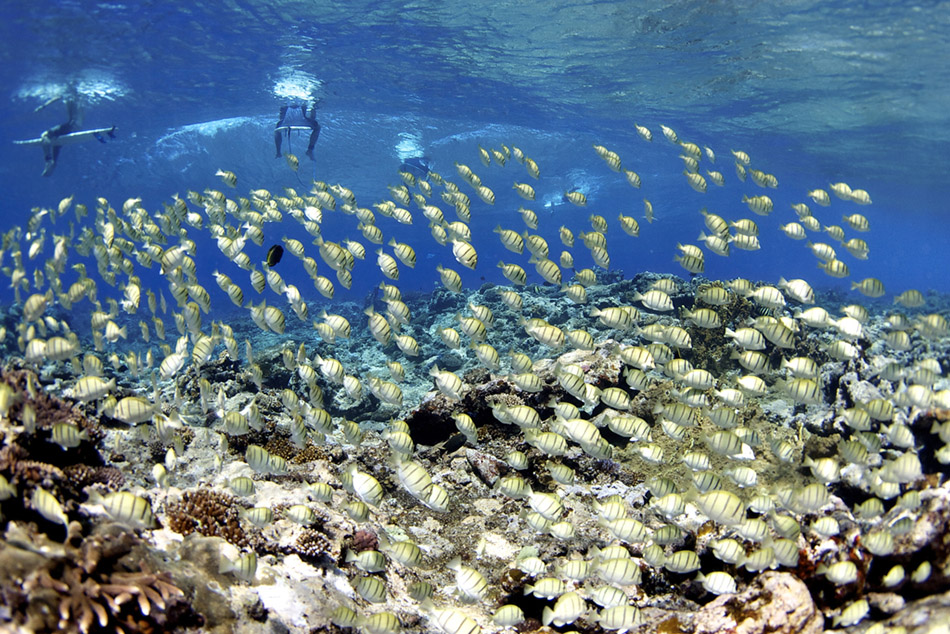
I realize that traveling to an exotic island to "play" in waves sounds like vacation, but in reality producing these shoots is extraordinarily demanding. Just to get to the location involved two solid days of grueling flights, transfers, and all the nightmares associated with mountains of overweight baggage.
But before the first flight even leaves the ground, there is all the prep work to ensure that the trip is successful, and I'm not talking about just packing Pelican cases. For me, it means year-around workouts designed to help maintain peak physical fitness so that I can swim in any ocean condition that greets us at our destinations. Some surf photographers skip this part, but when you are working with elite athletes, they expect you to perform your job at the same level that they do, so I put my time in the gym, pool, and ocean. I try to live by the motto "fortune favors the prepared."
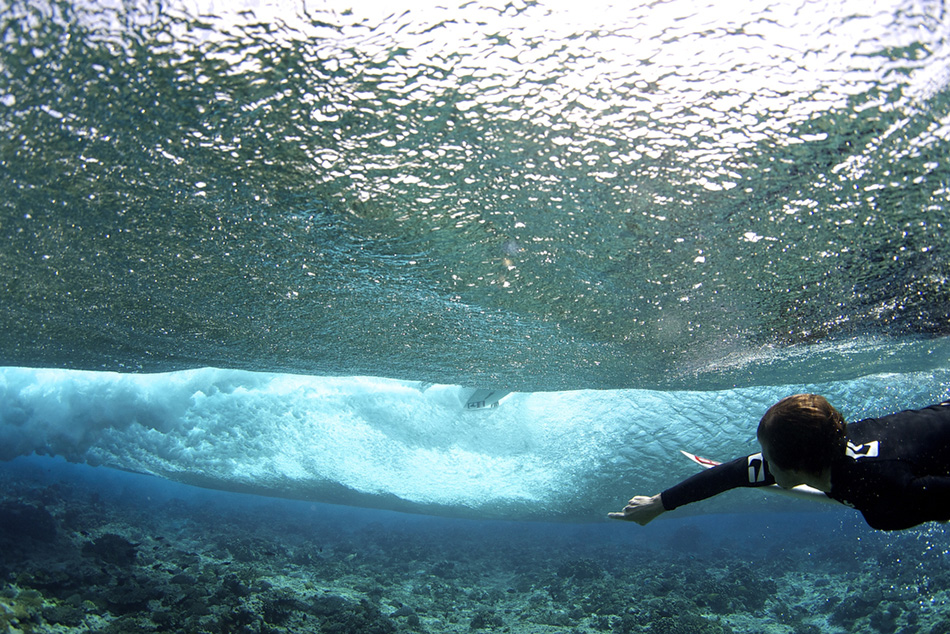
TID: What were some problems or challenges you encountered during the coverage of this event, and how did you handle them?
DJ: One of the biggest challenges that faces surf photographers is having trips set around athlete schedules or location availability, instead of the optimum ocean and weather conditions for waves. Sometimes to get the best talent available, last-minute "strike missions" just aren't viable.
With this trip, the camp only had a short window of time that worked with the athlete’s schedules; it was really a roll of the dice as to whether or not we would get waves. I'm not one to sit around and hope the wave and weather forecasts conjure up the perfect conditions - I try to make the most of every day. There is only so much time in a shoot window, so I push to get creative on down days – it is the best way to maximize the editorial potential of our efforts. I guess I could relax more, but when my job requires me to spend so much time away from my family, I really want to do whatever I can to make it profitable and worthwhile. Sure good things come to those who wait, but I think better things come to those who bust their ass.
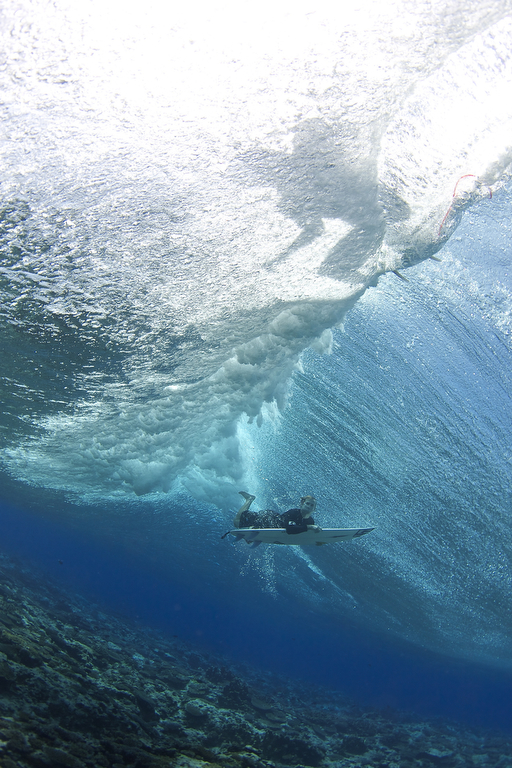
DJ: It is a fine balance of pushing, but not so hard that you burn the athletes and yourself out. I always joke that I bend the universe with my will, but in the 12 years of doing this, I think that I only have been skunked one time, by a hurricane that changed course in the middle of the night.
Prior to this trip, I had been working with C.J. and Damien Hobgood for several years. We had developed a strong friendship and professional trust. This trust is the key element, I believe, to capturing incredible surf images. Relationships are the cornerstone of my business model, something that crosses over from my personal philosophy. People and subjects have to know you don't just view them as a means to an end - they won't care what you know or what you can do if they don't understand how much you care. In my work this means I make more phone calls than emails, and try to go the extra mile for "my" athletes in every aspect. My photo editors can attest to my veracity when it comes to fighting for images I believe in.
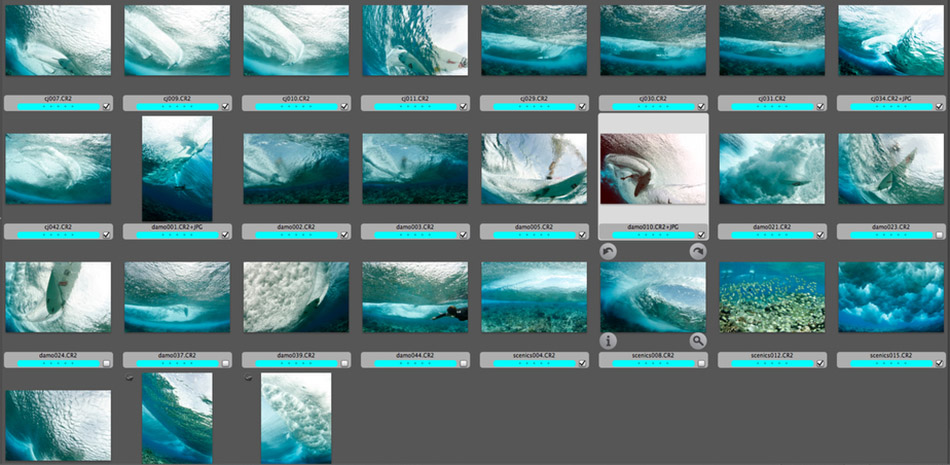
TID: Can you describe what was going on in your mind as the image took shape, and then also what you were thinking when you made the image?
DJ: When we arrived in Micronesia the surf was, well, micro. But the water color was incredible. This is a great example of why those relationships are crucial. The athletes have to trust you will get the shot even if they don't feel the conditions are spectacular, otherwise they are just as likely to sit on shore and miss what could be a special opportunity. This particular day the Hobgoods weren't that excited about surfing the small conditions, but I was convinced that if I tried underwater (UW) we could get something really special. It took some persuasion, but they gave it a go and I think the results speak for themselves.
The hardest part of the shoot was trying to judge where on the wave the surfer might get a section to try a maneuver before I submerged and swam like mad to try to get there. The reef was very shallow, so I was a bit sandwiched between the surfer above and the reef below. Not too much room for error, but the waves were small, so the consequences weren't severe (unless I got myself tangled in the fins of a surfboard).
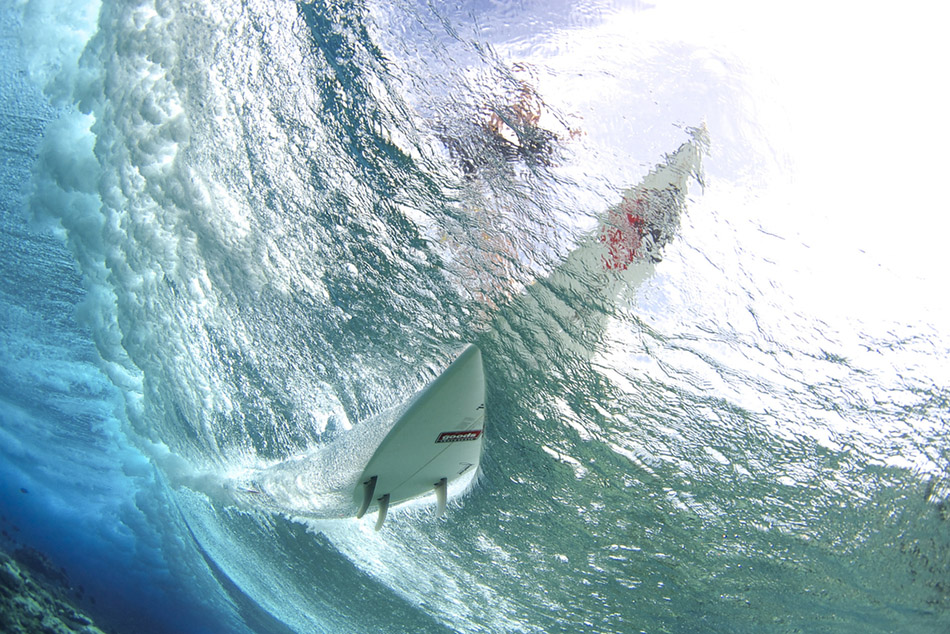
TID: It sounds like when you work with surfers there is a lot of planning going on. I know you can’t exactly “choreograph” on a moving ocean, but do you coordinate?
DJ: The degree of pre-planning or choreographing depends in large part on whether or not the imagery is for editorial or advertising. If its editorial, I tend to be more focused on letting the trip evolve organically and let the location and conditions dictate how I shoot. That being said, I always want to maximize the diversity of my product - if I see that we are saturated on a particular angle or maneuver, I'll try to talk with the athletes to come up with a different variation that the conditions permit. A lot of this is done on the fly because ocean and weather conditions are so incredibly dynamic.
On trips for advertisers there is much more input. Art and marketing departments request specific shots prior to the trip even starting. In fact, their demands often dictate what locations we will even consider for the options of the trip. With a predicated shot list, I have to work closely with the athletes to try to capture the art director’s vision, regardless of conditions. At the end of the day though, the ocean determines what is or isn't possible, artistic vision be damned.
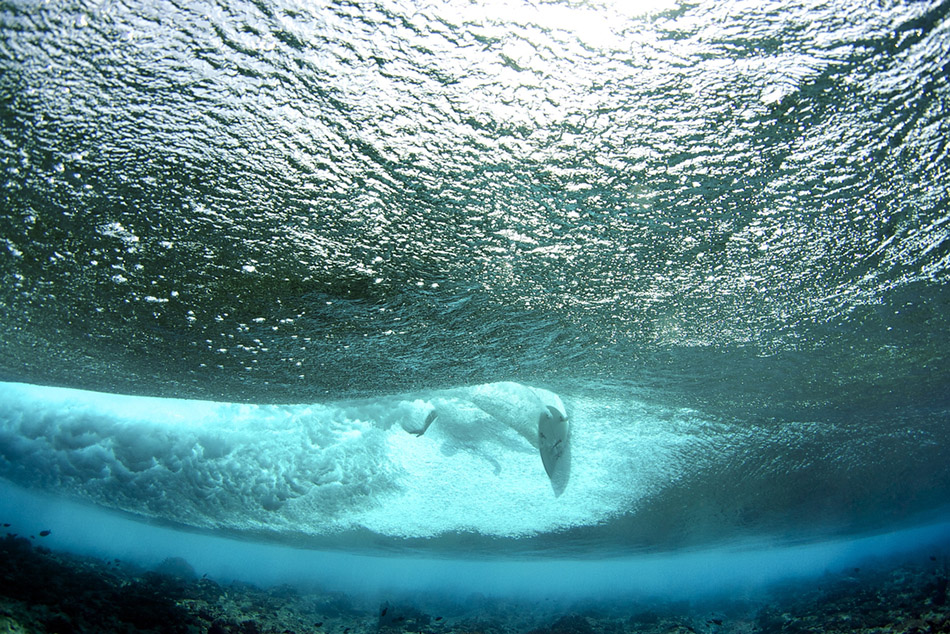
DJ: Increasingly, the lines between editorial and advertising trips are becoming blurred, so each trip requires a blend of the methodology to bring deliverables to the clients that satisfy all parties’ needs.
The great advantage of digital is that it provides instant feedback, so we were able to refine both the photographer’s and the athlete’s approach on the fly. Surfing is different from most sports, in that every wave is different (yes, even at a wavepool) so you only get one chance. You can pre-script to a basic degree based on wind and wave conditions, but ultimately the particular wave dictates what will happen as the surfer and photographer make crucial decisions and corrections microseconds in advance. I try to review my work every day, often multiple times, to make sure that I'm maximizing the diversity of looks. This also helps the surfers understand our general Game Plan to ensure we get the greatest number of pages we can. I never want to come home with a body of work that the magazine feels is incomplete or monothematic – I’m always striving for diversity and fresh new looks!

++++
Bio: D.J.'s internationally award winning photography takes him on adventures around the globe as a staff photographer for Surfing Magazine, Globe International, Hawaii Skindiver, and have led to appearances on NBC, CNN, CBS, ABC and FOX. He has produced shoots in more than 20 countries often with minimal resources and critically demanding time-lines.
Advertising clients include Globe, Patagonia, Hurley, and many others. Editorial Clients include Surfing, Stab, Hawaii Skin Diver, Outside, National Geographic Adventure, Vice, and Surfer's Journal.
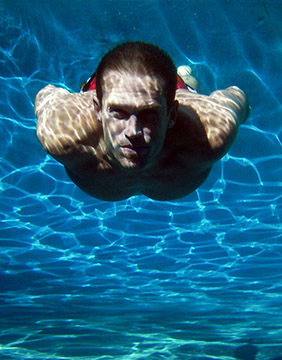
See more of his work at http://www.djstruntzphoto.com
http://instagram.com/djstruntz#